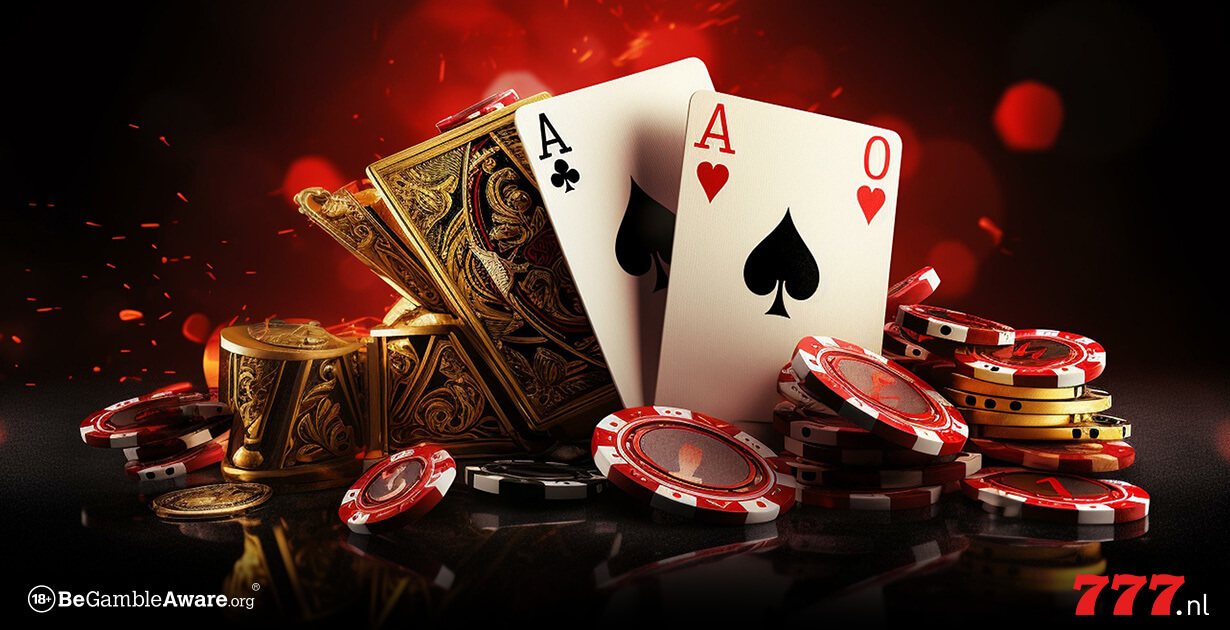Chemin de Fer, a traditional version of baccarat, has always held a special appeal for casino game enthusiasts. This glamorous, magical, and thrilling card game has captivated high rollers around the world for centuries. But what makes Chemin de Fer so unique, and how does it differ from the standard baccarat that we often encounter in casinos?
Historical Origins
The origins of Chemin de Fer date back to the Middle Ages, where it was originally played with Tarot cards, which were considered magical and often adorned by famous artists. The game reached France at the beginning of the sixteenth century, where it was initially an exclusive pastime for the nobility before finding its way into casinos.
The Meaning Behind the Name
The name “Chemin de Fer” means “railway” in French. This naming derives from the fact that the layout of the baccarat table resembles railway tracks, and the cardholder, or sabot, is reminiscent of a small train being passed around the table.
Differences from Standard Baccarat
Chemin de Fer distinguishes itself from other baccarat variants by the active role of the players. Unlike Punto Banco, where the croupier deals all the cards, in Chemin de Fer, players pass the cardholder (sabot) around the table, making it a more interactive experience. Additionally, players bet against each other instead of against the casino, and the banker can change after each game.
Contemporary Popularity
Although Chemin de Fer is not as widespread as it was a few decades ago, it is still played in some European casinos. The exclusivity and ceremonial aspect of the game make it particularly attractive to players seeking a traditional and more engaged gaming experience.
Why Do People Still Play Chemin de Fer?
The reason Chemin de Fer remains attractive in casinos lies in its unique game rules and historical charm. Players looking for a game where they have more control and interaction find Chemin de Fer ideal. Moreover, the allure of a game that was once reserved for the nobility continues to be an appealing element for many casino visitors.
Game Rules and Strategies for Winning in Chemin de Fer
Chemin de Fer is played with six decks of cards and requires at least six players at a kidney-shaped table. The aim of the game is to achieve a total of 9 points with two or three cards, or as close to 9 as possible. The values of the cards are as follows: Aces are worth 1 point, cards 2 through 9 hold their face value, and tens and face cards count as zero. If the total value of the cards exceeds 10, the second digit is taken as the score (for example, a total of 15 becomes a 5).
Every player, including the banker, can place bets that are not less than the table’s minimum. The banker starts the game by drawing four cards from the sabot: the first and third cards are for the player (punter), and the second and fourth are for the bank itself. After the cards are dealt, the punter decides whether to take a third card (“carte”) or to pass (“pas de carte”). If the punter or banker has a total of 8 or 9 with the first two cards, this must be announced and the cards turned over, with no further cards drawn.
As a player, it is important to accurately gauge the chances and feasibility of drawing an extra card based on what the banker shows and the likely outcome. Winning in Chemin de Fer requires not just luck but also strategic insight, particularly when deciding whether to take an extra card. Accurately judging the bets of other players and determining the right moment to take over the bank and place bets can be crucial for success.
Conclusion: The Timeless Appeal of Chemin de Fer
Chemin de Fer, with its rich history and unique interactive gameplay elements, remains a fascinating variant of baccarat that offers a deep strategic experience. Although it is less commonly found in modern casinos and online platforms, the game still attracts players looking for an authentic and engaging gambling experience. The ability to act as the banker and play directly against other players, rather than against the house, adds an extra layer of involvement and strategy that sets Chemin de Fer apart from other casino games. For true card game enthusiasts, Chemin de Fer provides an excellent blend of tradition, tactics, and social interaction.
Frequently Asked Questions about Chemin de Fer
What is Chemin de Fer?
Chemin de Fer is a traditional version of baccarat, a card game particularly known for its popularity among the French nobility in the sixteenth century. Unlike other baccarat variants, participants in Chemin de Fer actively play against each other rather than against the casino, and they pass the cardholder (sabot) around the table.
How does Chemin de Fer differ from other baccarat games?
The main difference between Chemin de Fer and other baccarat variants, such as Punto Banco, is that players in Chemin de Fer compete against each other and can take on the role of the banker. This adds an element of strategy and interaction that is less present in other variants.
Why is Chemin de Fer less commonly available in online casinos?
Chemin de Fer is less commonly available in online casinos due to the interactive and social aspects that are difficult to replicate digitally. The need for players to pass the sabot and act as the banker requires a level of interaction that is challenging to achieve in a standard online casino environment.
What are the basic rules for winning at Chemin de Fer?
To win at Chemin de Fer, you should aim to achieve a total of 9 points with the cards you receive, or as close to 9 as possible. Strategic decisions about whether or not to draw an additional card and how to smartly bet against other players are crucial for success in the game.
